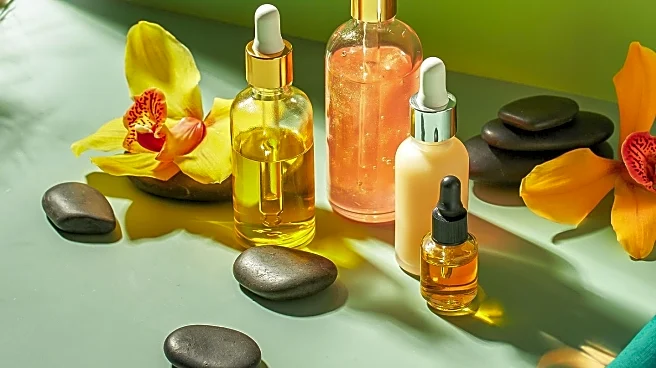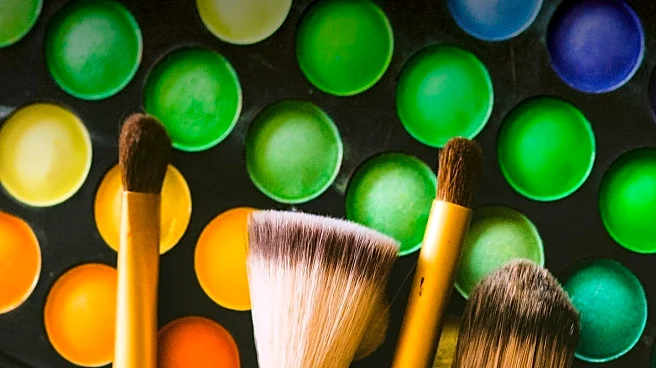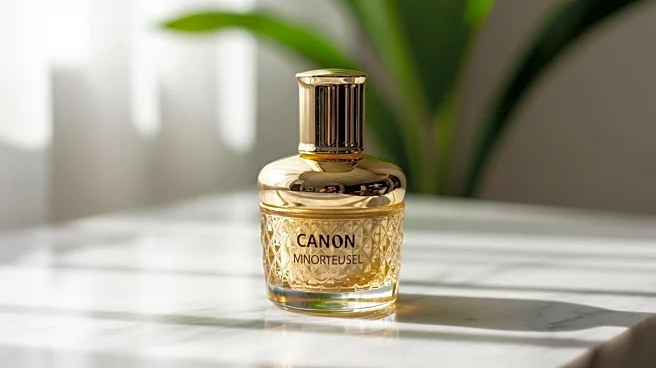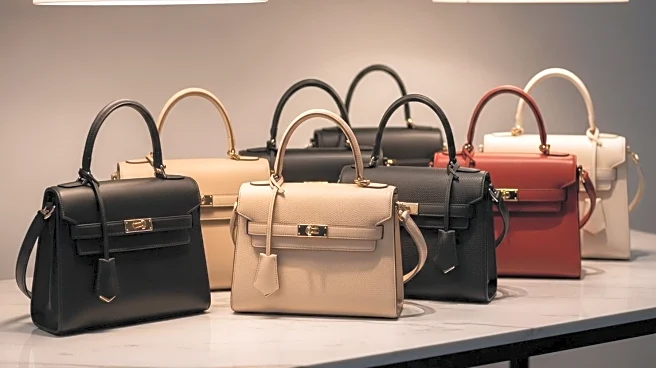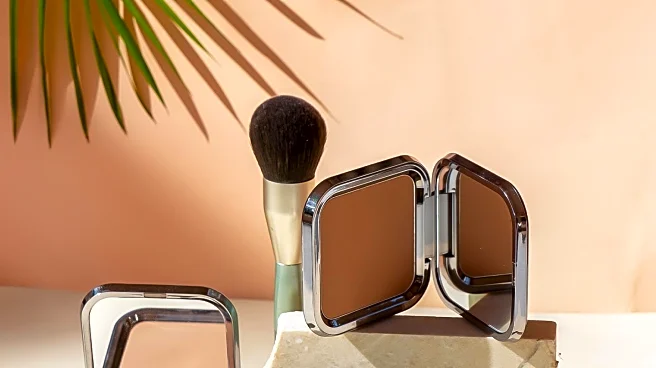What's Happening?
The beauty industry is witnessing a shift from the traditional 'Lipstick Index' to a 'Wellness Index,' reflecting changes in consumer priorities. Originally coined by Leonard Lauder, the Lipstick Index suggested that consumers would purchase small luxuries like lipstick during economic downturns. However, the pandemic has altered this trend, with consumers now favoring products that offer restoration and wellness benefits. This includes barrier-repair creams, stress-soothing oils, and microbiome-friendly serums. The shift is driven by a focus on emotional grounding and biological resilience, as consumers seek products that support mental wellness and skin health.
Why It's Important?
The transition to a Wellness Index signifies a broader change in consumer behavior, emphasizing self-care and long-term health over mere aesthetic enhancement. This shift impacts the beauty industry by prioritizing products that offer tangible benefits and emotional support. Brands that adapt to this trend by offering scientifically-backed, effective products are likely to gain consumer trust and loyalty. The focus on wellness also aligns with broader societal trends towards mental health awareness and sustainable living, influencing marketing strategies and product development in the beauty sector.
Beyond the Headlines
The evolution from the Lipstick Index to the Wellness Index reflects deeper cultural and psychological shifts. During times of uncertainty, consumers are investing in products that provide stability and comfort, reinforcing identity and self-care rituals. This change challenges traditional notions of luxury, as consumers prioritize personal resonance and emotional intelligence over status symbols. The beauty industry must adapt by embracing transparency, ingredient literacy, and holistic wellness approaches to meet the evolving needs of consumers.
